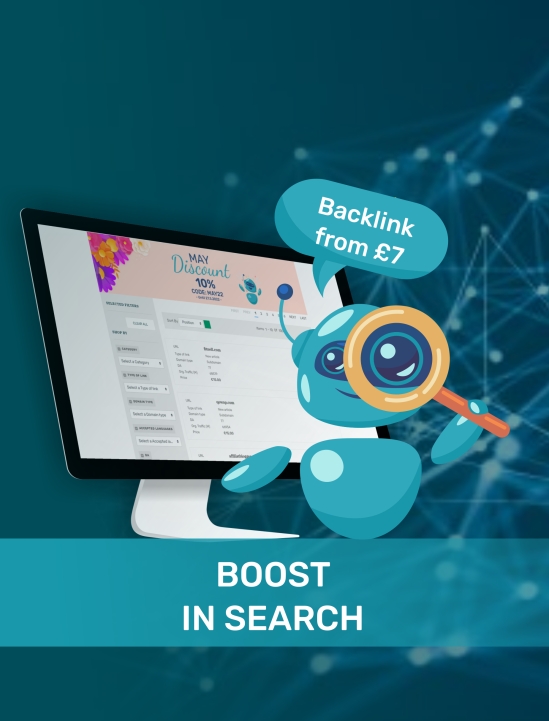In today's competitive business landscape, customer acquisition and retention are paramount for sustained growth. One powerful strategy that can supercharge your growth engine is a well-designed referral program. Referral programs not only harness the power of word-of-mouth marketing but also foster stronger relationships with your existing customer base. How to start a referral program?
Step 1: Define Your Objectives
Before diving into the logistics of your referral program, it's crucial to clearly outline your objectives. What are you aiming to achieve? Are you looking to increase sales, expand your customer base, or improve customer loyalty? Understanding your goals will shape the structure and focus of your referral program.
Step 2: Know Your Audience
Identify your target audience and understand what motivates them. What incentives are most appealing to your customers? Tailoring your referral program to resonate with your audience will significantly enhance its effectiveness.
Step 3: Choose the Right Incentives
The success of your referral program hinges on the incentives you offer. Whether it's discounts, free products, or exclusive access to services, ensure that the rewards are enticing enough to motivate both referrers and referees.
Step 4: Develop a Seamless Process
Simplicity is key when it comes to the referral process. Design a user-friendly system that makes it effortless for customers to refer their friends and family. Whether through a dedicated referral portal, email, or social media, the process should be intuitive and hassle-free.
Step 5: Promote Your Program
A referral program is only effective if people know about it. Utilize various marketing channels to spread the word about your program. From email newsletters and social media posts to in-store signage and website banners, leverage every opportunity to promote your referral program.
Step 6: Monitor and Optimize
Continuously monitor the performance of your referral program and gather feedback from both participants and non-participants. Analyze key metrics such as referral conversion rate, customer lifetime value, and ROI to gauge its effectiveness. Use these insights to refine and optimize your program for maximum impact.
Step 7: Nurture Customer Relationships
Beyond the referral transaction, focus on nurturing the relationships with both referrers and referees. Express gratitude for their participation and provide exceptional customer experiences to encourage ongoing engagement and loyalty.
Conclusion:
Implementing a referral program can be a game-changer for your business, driving organic growth while strengthening customer relationships. By following these steps and continuously iterating based on feedback and data, you can create a referral program that not only generates new customers but also fosters a community of brand advocates dedicated to your success.


